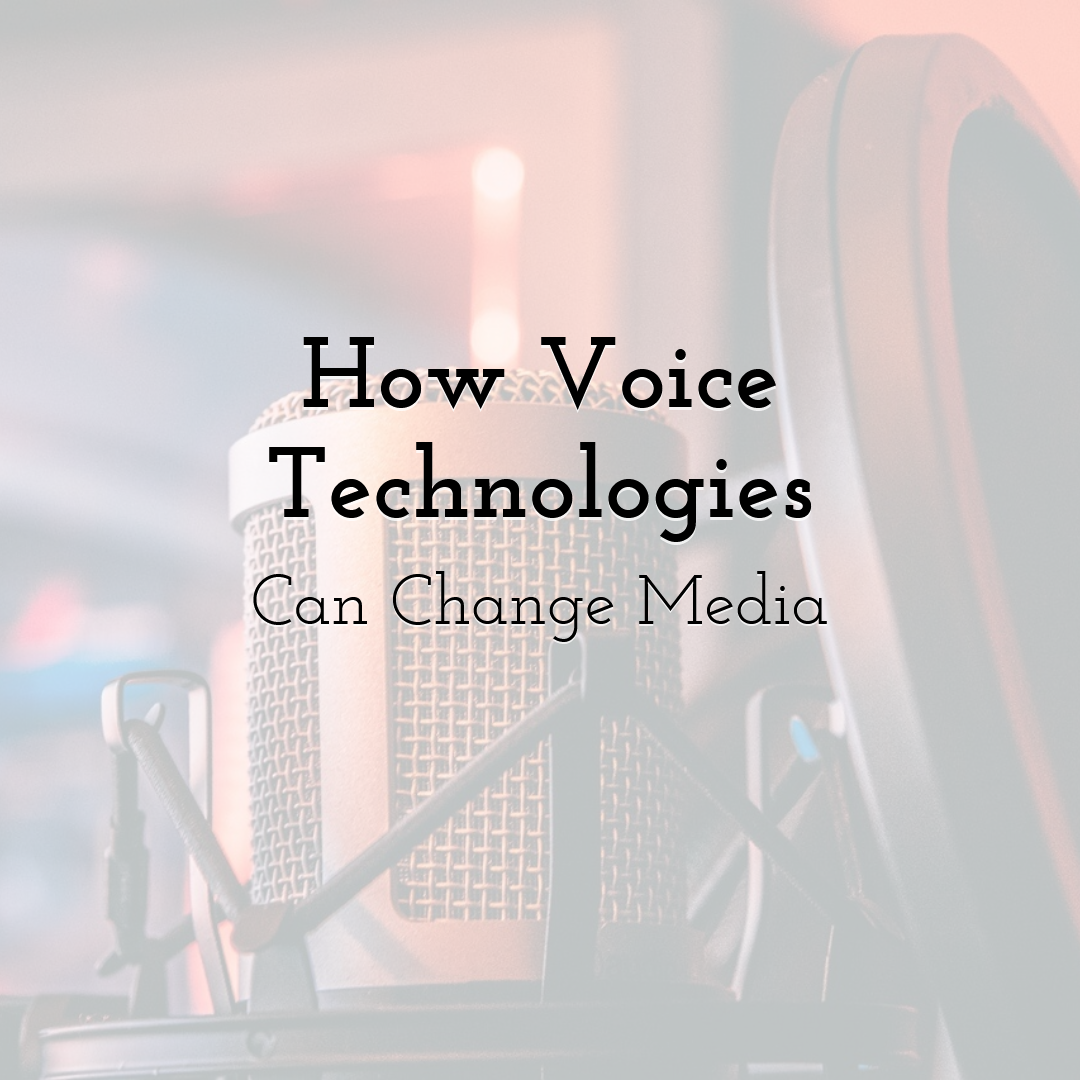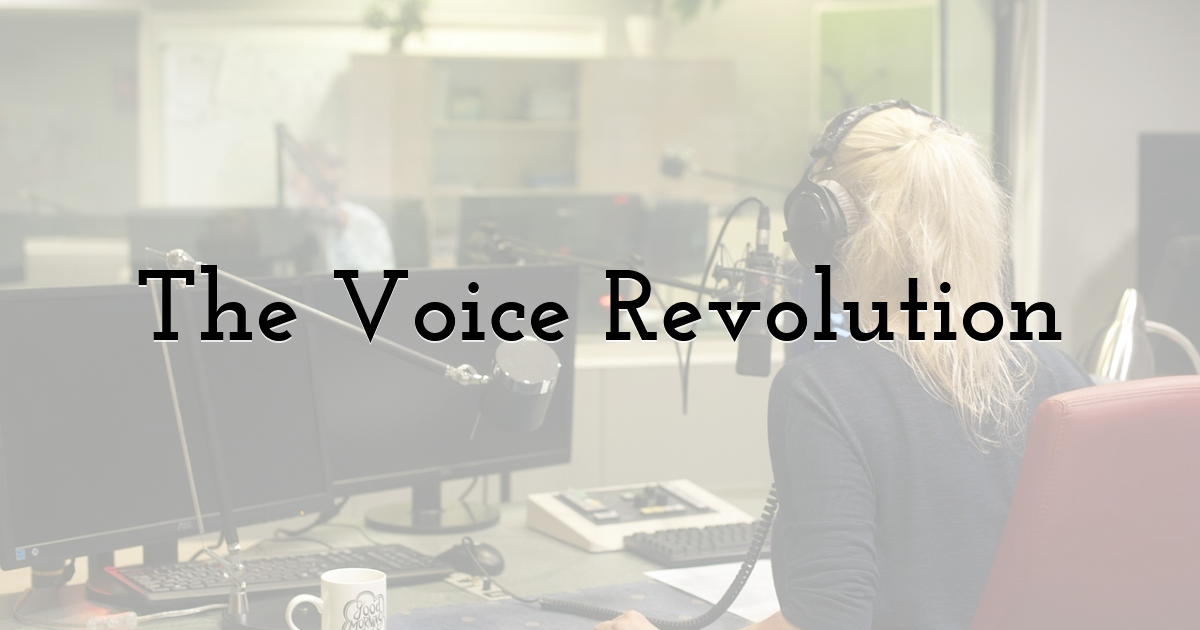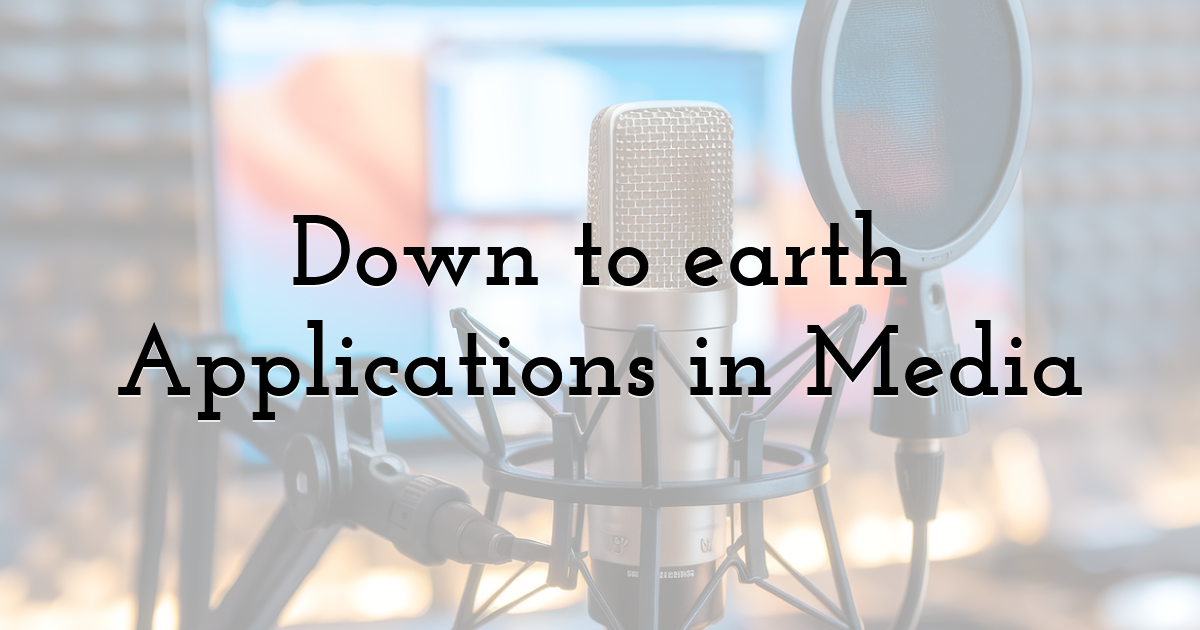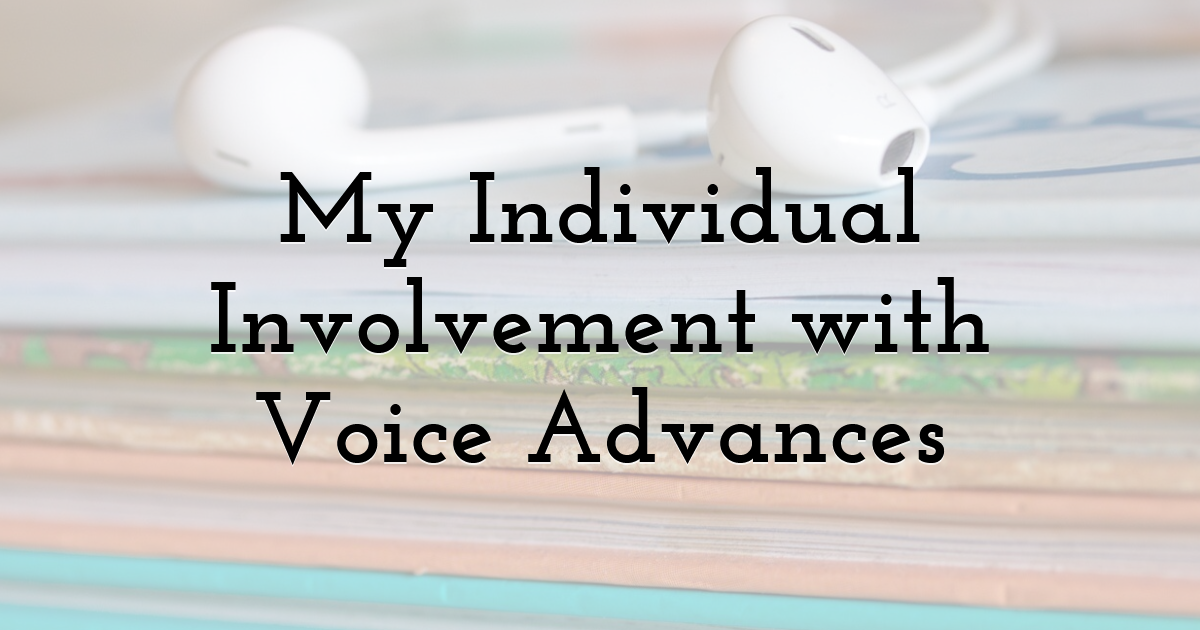How Voice Technologies Can Change Media

Living in this rapid evolution of technology, voice technologies have turned out to be the game changers in the media landscape. One could say, from the consumption of information to creation, it was all related to the voice technologies. Having jumped on the bandwagon with these developments, I'm looking forward to sharing insight into how voice technologies will reshape the media industry in an effort to make it more accessible, engaging, and effective.
The Voice Revolution

Voice has become an integral part of people's lives. From using smart speakers to digital assistants like Alexa and Google Assistant, consumers use voice commands to do everything from searching information to controlling smart home devices. This is not a fad; it is actually a very core level change in the way humans have started using technology and media.
Imagine waking up in the morning and saying, “Good morning, Alexa. What’s the news today?” Instantly, you’re connected to the latest headlines without lifting a finger. This convenience is particularly appealing in our fast-paced world where multitasking has become the norm.
Transforming Content Consumption

Voice technologies are having one of their biggest impacts on how people consume content. With increasing audio content, traditional media formats are under challenge. Podcasts and audiobooks have become popular, allowing listeners to engage with material while commuting or exercising. These voice technologies are facilitating the change by seamlessly providing access to audio content on command.
Moreover, text to speech functionality allows written content to be transformed into high-quality audio. This opens up new avenues for accessibility, allowing visually impaired individuals to enjoy articles and books that would otherwise be out of reach. By making media more inclusive, voice technology enriches the overall experience for diverse audiences.
Smarter Content Creation

Voice technologies are changing not only how we consume media but also how it is created. To content creators, tools that apply voice capabilities can significantly streamline production processes. For instance, AI-powered text to speech systems can generate high-quality audio without the need for a professional voice actor. Such democratization of content creation enables individuals and small businesses to create engaging audio content without substantial investment.
Consider a small business owner who wants to create an engaging podcast but doesn't have the budget for professional voice talent. With text to speech technology, they can create high-quality audio that sounds professional on a shoestring budget. This level of flexibility will continue to empower creators and spur innovation across different media formats.
Down to earth Applications in Media

Newsrooms: A few news organizations have started utilizing discourse acknowledgment innovation to help their workloads. By consequently ordering talked substance, writers can rapidly discover important clips for their stories, sparing a awesome bargain of generation time.
Intuitively Substance: Voice innovation permits for the improvement of intelligently narrating encounters where clients can associated with accounts through their voices. Envision a podcast where audience members can decide the course of the story basically by talking out loud-this level of interactivity improves engagement and makes vital encounters.
Promoting and Notices: Brands are progressively utilizing Voice Look Optimization to successfully reach customers. As more buyers begin utilizing voice for shopping request, businesses have no choice but to advance their techniques to capture this progressively developing group of onlookers.
My Individual Involvement with Voice Advances

As a visit client of podcasts and audiobooks myself, the benefits of voice innovations in my life ended up individual. It is instruction that's ordinarily tuned in to amid the commute to work or whereas cooking supper, never at the give up of anything else within the plan. One more thing that I attempted with voice is a few text-to-speech devices for making instructive materials. It's simple to turn composed substance into sound, making a difference me reach more individuals and discover diverse learning styles.
Long Term of Voice in Media: Long-standing time of voice advances in media is promising and full of potential. As AI proceeds to advance, we'll see indeed more modern applications that improve our intuitive with media:
Personalization: It is conceivable that future advancements will empower hyper-personalized sound encounters whereby the substance itself gets to be custom-made not as it were to the taste of an person but is additionally displayed in special voices that resound with the audience.
AR/VR Integration: Consolidating voice innovation with augmented and virtual reality may result in immersive encounters that successfully blend real-world interaction with advanced narrating.
Worldwide Reach: Whereas interpretation is getting indeed way better with AI-powered voice advances, substance will cross obstructions of dialects and make everybody interconnected over the world.
Final Thoughts
In fact, voice innovations are revolutionizing the media scene by changing both how we expend and make substance. A modern breed of instruments, such as content to discourse, not as it were awards more get to but too enables makers to form genuine, simple, and full-of-expression craftsmanship. The capacity to work with these innovations will be a essential portion of each on-screen character who wants to be fruitful within the now-changing world of media as we fashion encourage into this energizing period of development.
By understanding and leveraging these progressions, both shoppers and makers can open unused conceivable outcomes for engagement and storytelling—making our media encounters wealthier and more inclusive than ever some time recently. This integration of voice advances isn't around comfort alone; it is almost making a world in which everybody has get to to data and excitement at their fingertips.
Until next time, Be creative! - Pix'sTory
Recommended posts
-

7 Characteristics that Make a Business Website Successful
Read More › -

The Best Way to Make Engaging Social Media Content with CapCut Desktop
Read More › -

10 Graphic Design Books To Read in 2021
Read More › -

Social Media Management Guide for Online Business
Read More › -

Graphic Design vs Animations for Effective SEO Strategy
Read More › -

5 Best Advantages of Using Social Media Automation Tools for Businesses
Read More ›
